CENTRIFUGE TUBE
Centrifuge tube is a cylindrical, conical-bottomed container used in laboratories to hold samples during centrifugation. Made of plastic or glass, it is designed to withstand high-speed spinning that separates components based on density. Centrifuge tubes come in various sizes (e.g., 1.5 mL, 15 mL, 50 mL) and often have screw caps or snap lids to prevent leakage during use.
- Size Guide
Size Guide
DRESSEST-SHIRTBOTTOMSDRESSESSize Chest Waist Hips XS 34 28 34 S 36 30 36 M 38 32 38 L 40 34 40 XL 42 36 42 2XL 44 38 44 All measurements are in INCHES
and may vary a half inch in either direction.
T-SHIRTSize Chest Waist Hips 2XS 32 26 32 XS 34 28 34 S 36 30 36 M 38 32 38 L 40 34 40 XL 42 36 42 All measurements are in INCHES
and may vary a half inch in either direction.
BOTTOMSSize Chest Waist Hips XS 34 28 34 S 36 30 36 M 38 32 38 L 40 34 40 XL 42 36 42 2XL 44 38 44 All measurements are in INCHES
and may vary a half inch in either direction.
- Delivery & Return
Delivery
Store delivery FREE
1-3 working days
Home or collection point from £35.00 FREE
On all your orders for home or collection point delivery
Returns
Return
We will accept exchanges and returns of unworn and unwashed garments within 30 days of the date of purchase (14 days during the sales period).
Returns in store FREE
Your return will usually be processed within a week to a week and a half. We’ll send you a Return Notification email to notify you once the return has been completed. Please allow 1-3 business days for refunds to be received to the original form of payment once the return has been processed.
- Ask a Question
| 5 |
|
0 |
| 4 |
|
0 |
| 3 |
|
0 |
| 2 |
|
0 |
| 1 |
|
0 |
Related Products
A stand and clamp is a basic yet essential piece of laboratory equipment used to hold and support apparatus during experiments. It provides stability and helps secure glassware or other tools in place.
A laboratory bladder is a flexible, inflatable membrane or container used in various experimental setups to simulate pressure, store gases or liquids, or mimic biological systems. Made from materials like latex or silicone, it is commonly used in fluid mechanics, biomedical research, or testing equipment to apply controlled pressure or volume changes.
Boiling flasks are used for heating and boiling of liquids. The flasks are designed to have round bodies with long, thin necks to facilitate uniform heat distribution and minimize evaporation. Boiling flasks are typically made of borosilicate glass, which is resistant to thermal shock and chemicals. Some boiling flasks have rounded or conical bottoms and need support to stand upright, while others have flat bottoms and can stand alone.
Reagent bottles, also known as chemical bottles or laboratory bottles, are specialized containers used to store chemicals, reagents, and other laboratory substances. They are designed to ensure safe handling, accurate identification, and proper storage of a wide variety of chemical compounds.
Conical flask, also known as an Erlenmeyer flask, is a laboratory container with a conical body, flat bottom, and a narrow neck. It is used for mixing, heating, and storing liquids. The narrow neck helps reduce spillage and allows for use with stoppers. It is ideal for titrations, as it can be easily swirled without risk of spilling.
A vacuum pump with filtration is a system used primarily in laboratories to remove air and create a vacuum for filtration processes. It helps in speeding up filtration by reducing pressure, allowing liquid to pass quickly through a filter paper.
Porcelain mortar with pestle
Made of upper grade porcelain. Unglazed inside but fine polished. Price includes mortar and pestle.
Polypropylene reagent bottles are durable, chemical-resistant containers commonly used in laboratories for storing and dispensing liquid or powdered chemicals. Made from high-quality polypropylene plastic, these bottles offer excellent resistance to a wide range of acids, bases, and solvents, making them ideal for both general-purpose and specialized chemical storage.
The Le Chatelier Specific Gravity Bottle is a specialized glass apparatus used to determine the specific gravity (relative density) of fine materials like cement. It has a narrow neck with a graduated scale and a bulb at the bottom. The bottle accurately measures the volume displaced by a known weight of material, helping assess quality and consistency in construction materials.
Pipette tips are disposable, narrow plastic attachments used with micropipettes to accurately transfer small volumes of liquid in laboratories. They ensure precision, prevent cross-contamination, and are available in various sizes (e.g., 10 µL, 200 µL, 1000 µL). Sterile pipette tips are used in sensitive experiments like molecular biology, cell culture, and PCR.
film made of polyolefines and paraffin waxes Service temperature from 45 ?C up to +50C (melting point +60 C) Resistant to saline solutions, most common inorganic acids and bases used in laboratory and some organics solvents (methanol, ethanol and 2-propanol) Not resistant to diethylether, chloroform, carbon tetrachloride, benzene or toluene.
Racks are laboratory tools used to hold, organize, and store test tubes safely and upright. They are made of plastic, wood, or metal and come in various sizes to fit different tube diameters. These racks help prevent spillage, breakage, and contamination during experiments, making them essential for safe and efficient laboratory work.

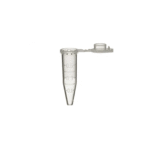


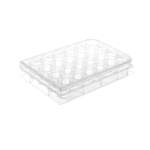



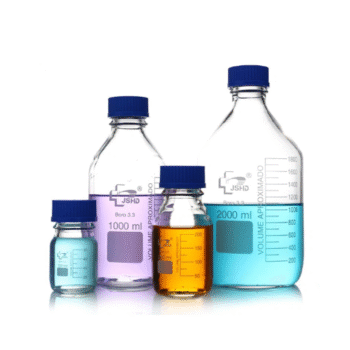



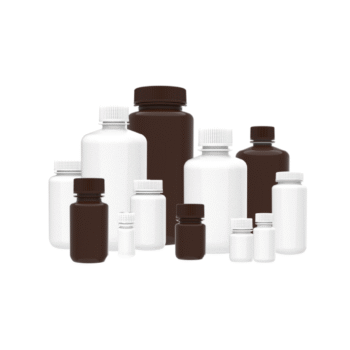


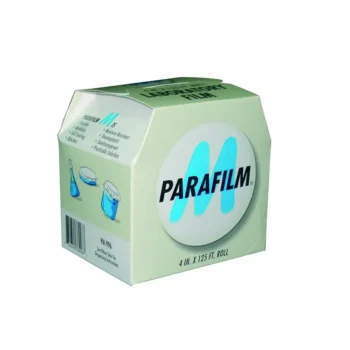


Reviews
There are no reviews yet.